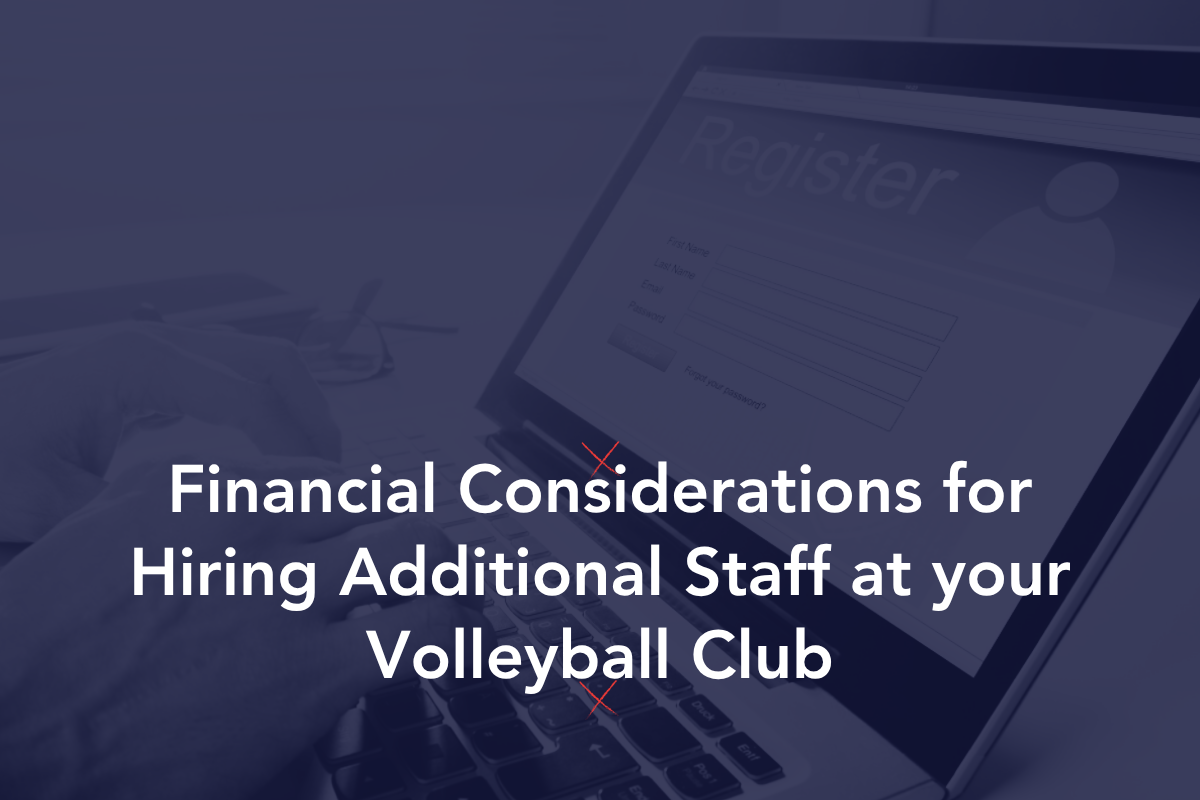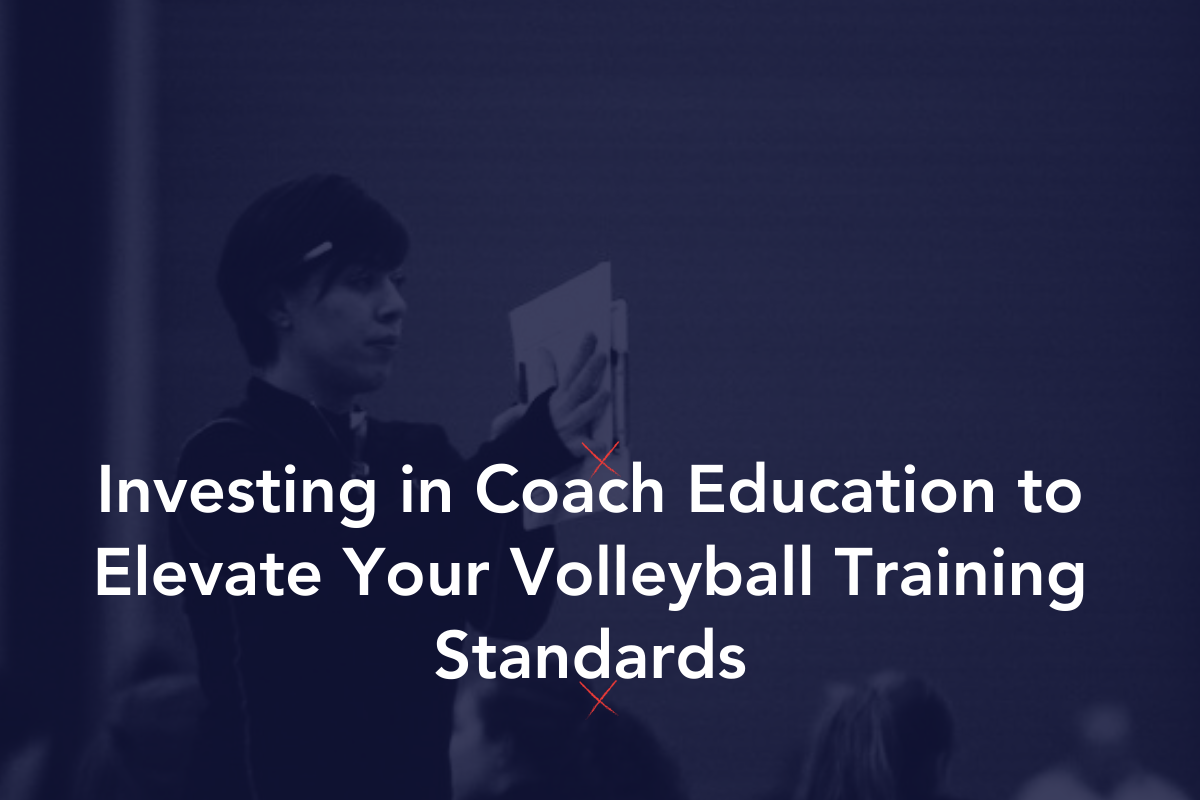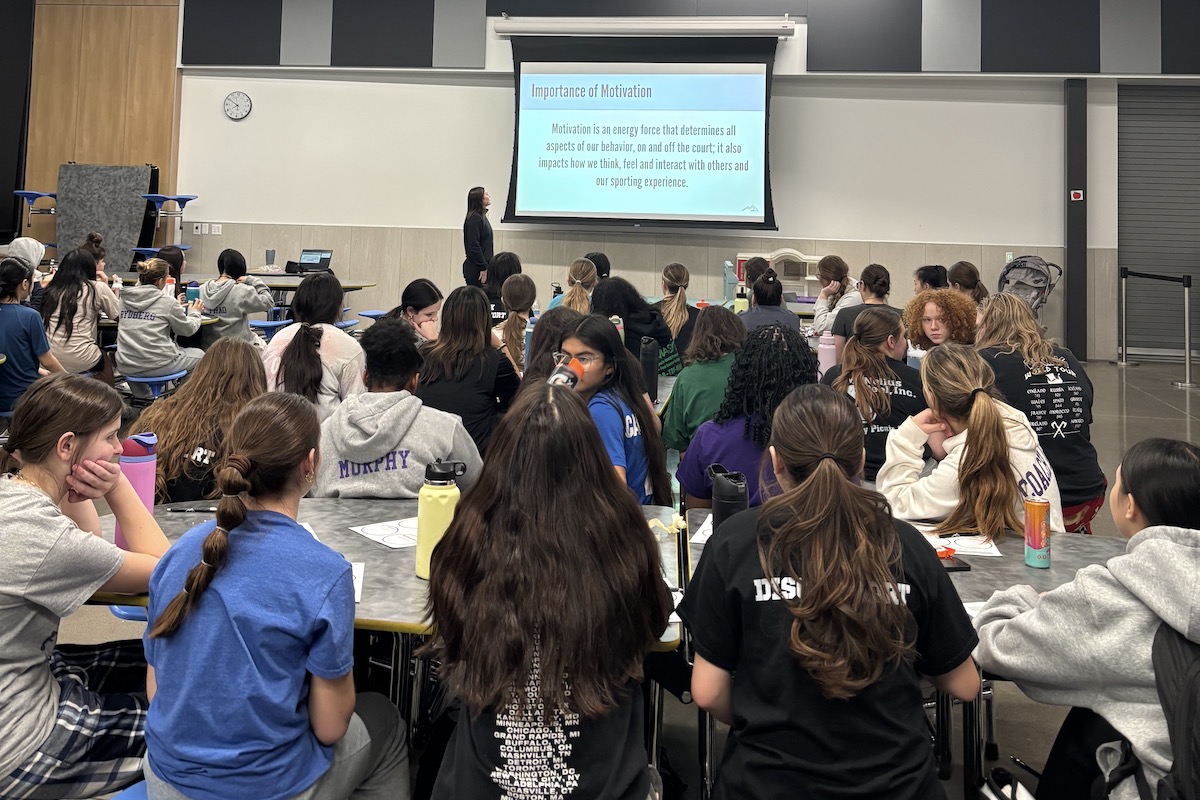Great coaches do more than give constructive feedback and develop talent; they also run efficient practices. Ball entry is an art form, and when done at the right pace, timing and location it can make the drill one hundred times more effective.
Here are five keys to ball entry for coaches at any level.
1. Pace
- Pace of entry should be just quick enough to challenge the players without discouraging them.
- In a drill that involves teams rotating in and out, don’t wait for teams to run on. The faster you enter the ball, the faster they’ll run on.
- What is the goal of the drill? What is the quickest the ball can be entered to accomplish that goal?
2. Height
- A higher ball is HARDER to pass. If your team is struggling to pass the first contact, toss the ball in lower to speed up the drill.
- A higher ball also slows down the drill. If you want your attackers to transition off the net quickly to simulate an attack from the other team, enter a low, fast ball. If you are teaching your attackeres how to transition and find the ball, toss higher to give them more time.
- If you’re not a great chipper with your fist, resort to the toss.
3. Location
- Where you enter the ball is extremely important, and who you enter the ball to is even more critical. If it’s an attacking drill, it’s OK to send more balls to your better passers to make sure you get the attacking reps.
- If you’re trying to improve your off blocker defense, make sure you’re chipping the ball in to those players during drills, while getting your back row defenders to make moves for those short balls too.
4. Variation
- A volleyball has many forms of movement from float to side spin to top spin and back spin.
- Vary the type of ball being entered both on serve receive and transition balls.
- When entering a down ball – if you struggle getting top spin on a ball, bowl it in underhanded.
5. Get Players Involved
- Do you have to enter the ball? Empower your players and give them the reigns to control the drill.
- If you can take yourself out of the drill, do. Plus, players will get more touches and be more engaged.
For related reading for coaches click here. For more coaching education click here. To view the JVA Member Education click here.











